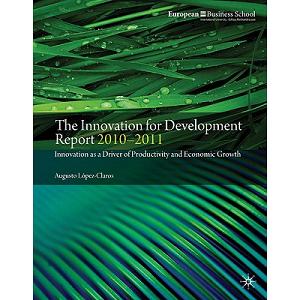 |
| The Innovation for Development Report 2010-2011: Innovation as a Driver of Productivity and Economic Growth |
Yes, the productivity measure of shipments per day per truck is still useful so that Smith could get the ratio of shipment per day for one truck. For example, there are 24 trucks and each truck ships the items approximately 10 shipments per day and Smith knows the productivity ratio of each truck. It is better to improve the quality of service to the customer by knowing the customer’s ship times so that Smith could manage the schedule of the truck before operating. Besides that, smith could measure the productivity in terms of dollars per day per truck so that he knows the direct profit each month. The measuring based on dollar could tell him whether he could increase the cost for adding trucks and drivers.
What, if anything, can be suggest to the management to reduce the daily variability in pickup call-ins? Can the driver be expected to be at several locations at once at 5:00 P.m.?
 |
| Leading Beyond Lean: The Seven Drivers of Productivity |
The management could reduce the daily variability in pick up call – ins by managing the schedule of customer’s ship times. The management could upgrade their customer database and knowing the customer’s schedule. The software can be used for automatically populate the customer information. The driver cannot be expected to be at several locations at once at 5:00 P.M, the management could anticipate this by shorter the crossing ways for shipments to reduce the time consuming when shipping. The access to technology is important to minimize the miscommunication between the staff in office, driver and customer so that the driver knows all the information while they are in office, at the customer location or on the road.
How should the company improve the productivity of the drivers? Discuss
First the productivity of worker is depends on their health. For example, more than half of commercial drivers report regular tobacco use which increases their risk for heart disease, stroke, lung disease and cancer. Health is essential component for worker especially truck driver. It is important to introduce the health program that could improve health status of truck drivers. Second, the incentive by performance could be implemented to the driver to improve their motivation in doing working. Third, the proper training could be conducted for the improvement in work method and efficiency.
 |
| Beauty Makeup |
References:

